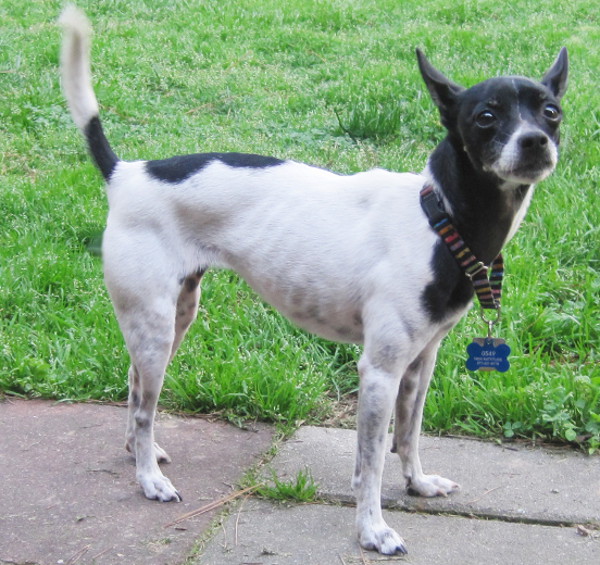
Being excessively underweight can be just as problematic for a dog as being excessively overweight. Over time, inadequate food intake results in malnutrition, physical fatigue, mental confusion, and muscle wasting, and greatly increases the risk of anemia, serious skin disorders, and osteoarthritis. Emaciation is an indication of actual starvation, which causes metabolic changes that affect virtually all of the dog’s organs.
It’s important to exert strict self-control when attempting to nurse a starved dog back to good health. The natural tendency is to overfeed the dog “because he’s ravenous.” But when a severely emaciated dog is suddenly overfed, the resulting “Refeeding Syndrome” can have serious consequences. The metabolic changes that take place when a body attempts to survive starvation cannot handle a sudden inundation of food. This overwhelms the body, causing fluid, electrolyte, and vitamin imbalances that have adverse effects on virtually all body cells. The dog suffers muscle weakness, muscle cramps, heart rhythm irregularities, and potentially even seizures, red blood cell rupture, respiratory failure, coma, and death.
While not all starved dogs will experience these difficulties, dogs that have not eaten in at least five days and dogs whose body weight is 10 percent or more below the ideal are at risk, and other dogs may also have trouble if fed too much too soon, such as diarrhea, stomach cramps, loss of appetite, and/or vomiting, none of which help with the weight gain goal.
A starvation recovery diet should be composed predominately of fat plus high quality protein rather than carbohydrates. A good quality, highly digestible, meat-based Puppy food (or Working Dog formula) is recommended. Since an emaciated dog needs adequate mineral composition, do not be tempted to feed, for example, just hamburger, which does not have a wide or balanced mineral content. A broad-spectrum vitamin/mineral supplement should be included at each meal, and Omega 3 and 6 fatty acid supplements are also beneficial to a dog recovering from malnourishment.
Never allow the dog to consume a large meal all at once, especially early in the recovery feeding process. The amount of food should be carefully regulated to not overwhelm his system. Start with about a third of what the dog would eat if he were at his normal weight, divided into a small meal every six hours (4 times a day) instead of one or two larger daily meals. Always ensure the dog has free access to water. Some emaciated dogs will refuse even these small portions, either from fear, sensitive stomach from prolonged lack of food, or a distaste for particular types of food. Slightly warming the food or moistening with chicken broth and presenting the food in tidbit amounts can tempt a reluctant appetite.
Over the next couple of days, slowly increase the amount offered per meal. By the third day the dog may be eating, over the course of 24 hours, the approximate amount expected to be eaten by a healthy dog of his ideal weight. Continue this amount but do not significantly exceed what the dog would normally eat at its ideal weight. You should monitor your dog’s weight regularly during this time, every day in the beginning, to ensure that progress is being made at an appropriate rate. The gain should be slow and steady without significant fluctuations.
Even an emaciated dog needs exercise. Although it may seem counterproductive because exercise burns calories, it is important for the general health of the dog. Exercise helps avoid constipation, increases appetite, provides vital oxygen to aid recovery, and helps rebuild muscle. But care should be taken to not exhaust the dog. Let the dog set the pace and decide the length of the walk; little and often is better than long and infrequent. Initially the dog may just want to walk for a few minutes every couple of hours.
Be sure to consult with your veterinarian if you are embarking on a significant weight gain or weight loss regimen to ensure that the proper steps are being taken to achieve a healthy weight.